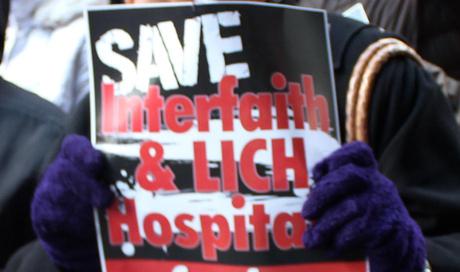OPINION: Address community needs before closing hospitals

The need to reduce healthcare costs and insure the uninsured has led to a most important and massive undertaking of healthcare reform, the Affordable Care Act. However, for years, and with little public notice, another means of reducing healthcare costs has had devastating impacts on communities of color and those that are low-income.
To reduce costs, many safety-net hospitals are being completely closed, merged with other hospitals, or facing a reduction in beds. Safety-net hospitals fulfill otherwise unmet healthcare needs in a community, where under-served populations simply go without care. Often, these drastic changes to care delivery take place without consideration for the health and safety needs of the impacted neighborhoods. Their challenges accessing quality healthcare will only be exacerbated unless hospitals and policymakers listen to these communities and put their needs first.
To better understand the neighborhoods that face the brunt of these closures and restructures, just look at North and Central Brooklyn. Many residents live in impoverished, highly segregated neighborhoods, and are uninsured or rely on public insurance. They lack access to quality medical treatment and often face long waits, travel farther for care, and go to emergency rooms for non-emergencies because less costly treatment facilities are not available.
